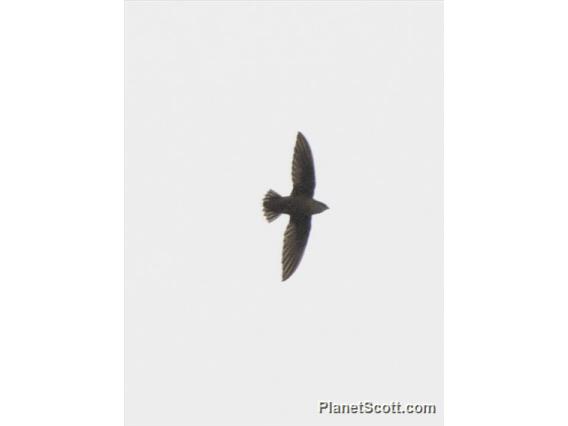Chimney Swift (Chaetura pelagica)

Chimney Swift (Chaetura pelagica)
×


Chimney Swift (Chaetura pelagica)
About Chimney Swift (Chaetura pelagica)
- Kingdom: Animals
- Phylum: Chordates
- Class: Birds
- Order: Hummingbirds and Swifts
- Family: Swifts
The chimney swift is a bird belonging to the swift family Apodidae. A member of the genus Chaetura, it is closely related to both Vaux's swift and Chapman's swift; in the past, the three were sometimes considered to be conspecific. It has no subspecies. The chimney swift is a medium-sized, sooty gray bird with very long, slender wings and very short legs. Like all swifts, it is incapable of perching on flat surfaces, and can only perch on vertical surfaces. Many fly around all day and only come down at night when roosting.
Source: Wikipedia
Visits
-
2005-09-15
Elgin, United States of America -
-
2009-05-05
Elgin, United States of America -
2011-10-08
Crabtree Nature Center, United States of America -
2012-07-08
Elgin, United States of America -
2013-04-16
Aransas NWR (CTC 037) (Aransas Co.), United States of America -
2013-04-19
Bolivar Peninsula, United States of America -
-
-
-
-
-
-
-
-
-
-
-
-
-
-
-
-
-
-
-
-
-
-


